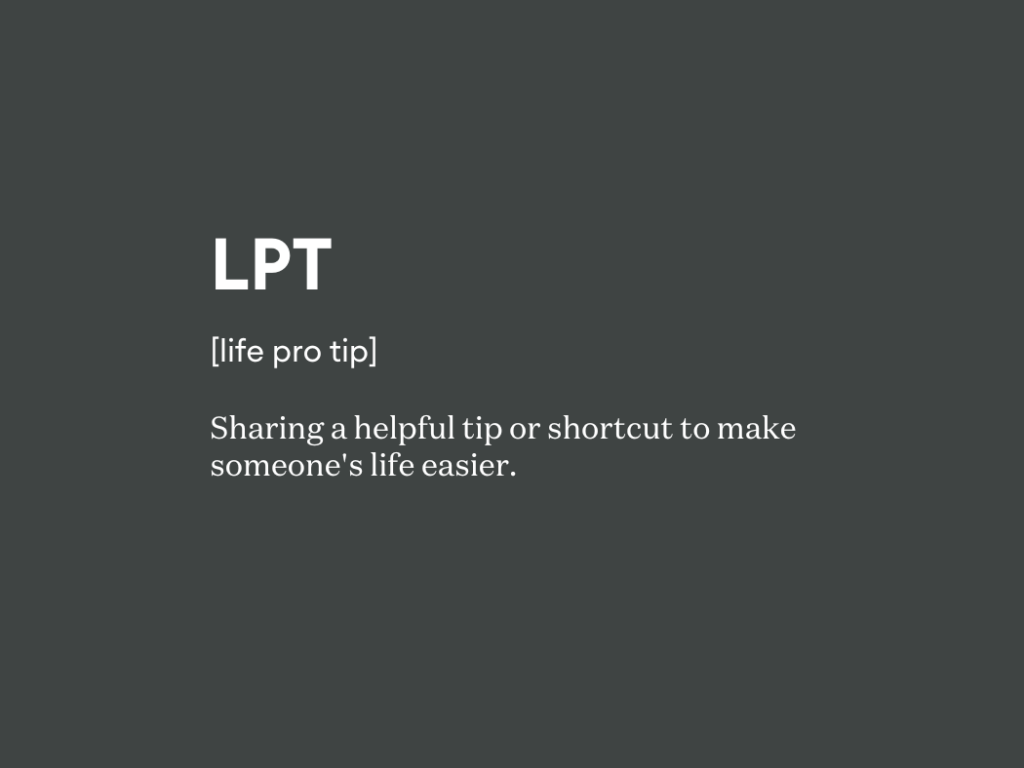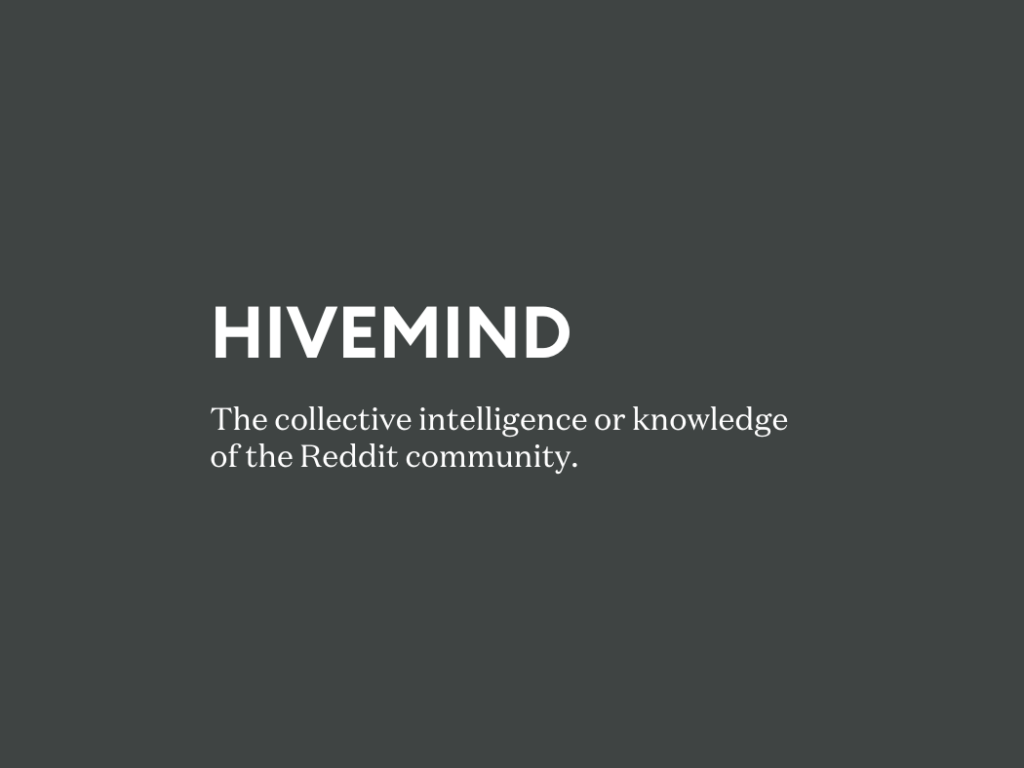Organizational growth isn’t just about increasing revenue or market share. It’s about building a sustainable and purpose-driven organization.
Sure, every company aspires to quickly grow and see revenue rise. However, understanding the “why” behind that growth is critical for attracting and retaining talent, authentically engaging customers, and achieving long-term success. Simply put, understanding your “why” and aligning your purpose with your operational practices can unlock true organizational growth.
Understanding the ‘why’ in business growth
Many companies define growth in terms of financial metrics. While these are important, focusing solely on profit and EBITA is like having a destination in mind without plotting a route to get there, which can leave business strategies directionless. A truly purpose-driven business clearly understands its “why”—its core reason for existence beyond making money. This purpose serves as a guiding star, rallying like-minded employees, inspiring customer loyalty, and fostering a genuine connection between your organization and the market you serve. When companies are guided by purpose, they’re more likely to find their way to financial success.
Consider Patagonia, a company renowned for its commitment to environmental sustainability. Their purpose isn’t just selling outdoor apparel but protecting the planet for future generations. This purpose informs everything they do, from product design to marketing campaigns, and has earned them a fiercely loyal customer base for good reason. Consumers get to feel as if they are playing a part in the health of our environment by purchasing Patagonia goods while having great gear to enjoy the great outdoors. This is a great example of how threading purpose all the way through an organization drives positive business outcomes.
The significance of authentic branding
Authentic branding is the outward expression of your company’s purpose. It’s about clearly communicating your values, mission, and the impact you strive to make. Customers today are savvy; they can sniff out inauthenticity a mile away. Remember when Kellogg’s CEO Gary Pilnick suggested on national television that American families consider “cereal for dinner” in response to rising food costs? Consumers certainly do, and an organized boycott is still underway.
When your branding authentically reflects your purpose, it fosters trust and creates a positive emotional connection with your audience. Here’s where crisp and consistent storytelling comes into your brand’s message and content strategy. Your company story should be woven into every facet of your marketing and sales efforts. This can include blog posts, social media content, website copy, and even customer case studies. By consistently telling your story, you reinforce your purpose and build brand loyalty.
Linking purpose with operational efficiency
Purpose is not just a feel-good slogan; it must be operationalized to fuel your company and ultimately growth. This means ensuring your business operations and processes are aligned with your purpose and your people are equipped to deliver on your promises, not just to customers but to one another.
Here’s where data-driven accountability and data-centricity come into play. Leaders and decision-makers need access to the right metrics and data to assess operational efficiency. These metrics should measure progress toward company goals, client satisfaction, customer perception, retention, and growth. By holding leadership accountable for key performance indicators (KPIs) that connect to purpose-driven growth, you create a feedback loop that ensures alignment across all levels of the organization.
The critical role of sales and delivery synergy
Imagine a scenario where your sales team paints a rosy picture of your product or service to close a deal, but then the internal teams responsible for delivery lack the resources or capacity to fulfill those promises. This disconnect between sales and delivery creates a frustrating experience for customers and can damage your reputation (your brand). It’s important to remember that sales are just one step in the customer journey.
For true organizational growth, your sales and delivery need to be in lockstep. This requires clear communication between both teams, ensuring everyone understands the product or service capabilities and realistic timelines. Additionally, shared goals that prioritize customer satisfaction and advocacy are crucial. By aligning purpose with operational practices, you can foster strong collaboration between sales and delivery, ensuring a seamless and positive customer experience from initial contact to successful delivery.
When internal solutions fall short: Finding the right partner
Sometimes, organizations get stuck in their siloed workflows and struggle to create the internal alignment necessary for sustained growth. This is when partnering with a trusted external partner can be invaluable. Infusing fresh perspectives and outside expertise can help you refocus your strategies with your customer at the center and your purpose as the driver for greater resonance with your target audience and purpose-driven growth for your business.
Here’s why seeking external help can help bring purpose to your efforts:
- Internal blind spots: Teams can be too close to the problem, losing perspective on the value your brand exists to create for your customers and missing potential solutions.
- Leadership challenges: Leaders may lack the expertise or resources to implement necessary changes when purpose becomes disconnected from practice in their business operations and strategies.
- Translation to execution: Even when the purpose is clear at the brand level, it’s not always easy to thread it through to execution at the hands of practitioners. From sales and marketing to product, IT, finance, operations, and every other business discipline, the subject matter experts across all these domains need to approach what they do from the context of why they do it, which stems from your purpose.
By partnering with an agency that aligns with your purpose, understands the digital landscape, and approaches marketing, product, and data strategies as tools to help you fulfill your brand’s purpose and create the kinds of experiences that your customers demand, you can overcome organizational inhibitors and achieve your growth goals.
At Tallwave, we’re passionate about helping businesses unlock their full growth potential by aligning purpose with practice. We believe that a well-defined purpose, operational efficiency, and authentic execution of the brand are the keys to sustainable growth in today’s competitive environment.
Ready to take your organization to the next level? Get in touch with us today to discuss how we can help you craft a purposeful and profitable growth strategy.














